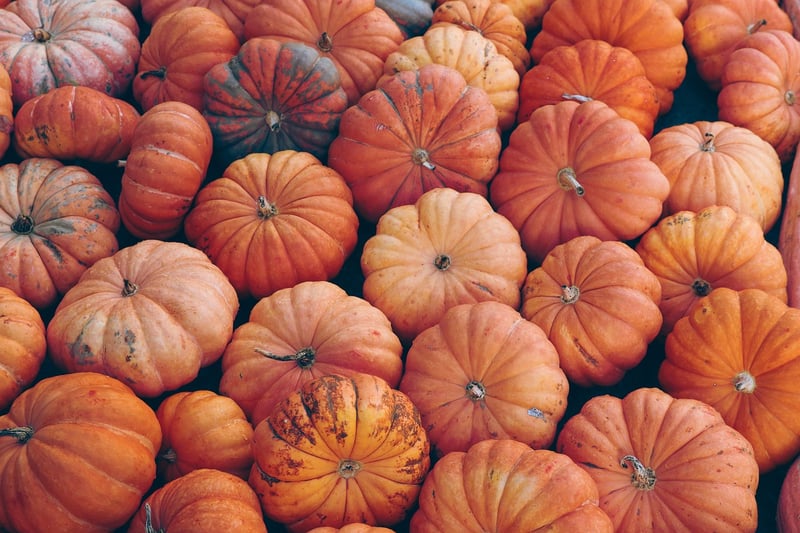Fall Crop Rotation
Maximizing Yield Throughout the Year
As a farmer or gardener, maximizing yield is a key goal to ensure a successful harvest. By carefully planning your crops and implementing effective strategies, you can optimize your production throughout the year. In this article, we will explore some tips and techniques to help you achieve a bountiful harvest every season.
1. Crop Rotation
Crop rotation is a fundamental practice that involves changing the type of crops grown in a specific area each season. This technique helps improve soil health, reduce pest and disease pressure, and enhance overall crop yield. By rotating crops with different nutrient needs, you can prevent depletion of soil nutrients and promote balanced growth.
Benefits of Crop Rotation:
- Minimizes soil-borne diseases
- Reduces pest infestations
- Improves soil structure and fertility
- Enhances nutrient uptake
2. Cover Crops
Planting cover crops during the off-season can help protect and improve the soil while providing additional benefits to your main crops. Cover crops like clover, rye, or vetch can suppress weeds, prevent erosion, and add organic matter to the soil. They also help retain moisture and promote beneficial microbial activity.
Benefits of Cover Crops:
- Suppress weeds
- Prevent soil erosion
- Enhance soil fertility
- Increase water retention
3. Season Extension Techniques
Utilizing season extension techniques such as greenhouses, high tunnels, row covers, or cold frames can help you prolong the growing season and protect your crops from adverse weather conditions. These structures create a controlled environment that allows you to start planting early in the spring or extend your harvest into the fall and winter months.
Benefits of Season Extension:
- Extend growing season
- Protect crops from frost
- Provide a controlled environment
- Boost overall yield
Fall Crop Rotation
When planning your fall crop rotation, consider planting cold-hardy vegetables such as kale, spinach, carrots, beets, and radishes. These crops can withstand lower temperatures and continue to thrive even as the weather cools down. By rotating your crops strategically, you can make the most of your fall harvest and prepare the soil for the following growing season.
Implementing these strategies and techniques can help you maximize your yield throughout the year and ensure a successful and sustainable farming or gardening operation. By carefully planning your crop rotation, incorporating cover crops, and utilizing season extension methods, you can optimize your production and enjoy a fruitful harvest in every season.
Happy farming!


